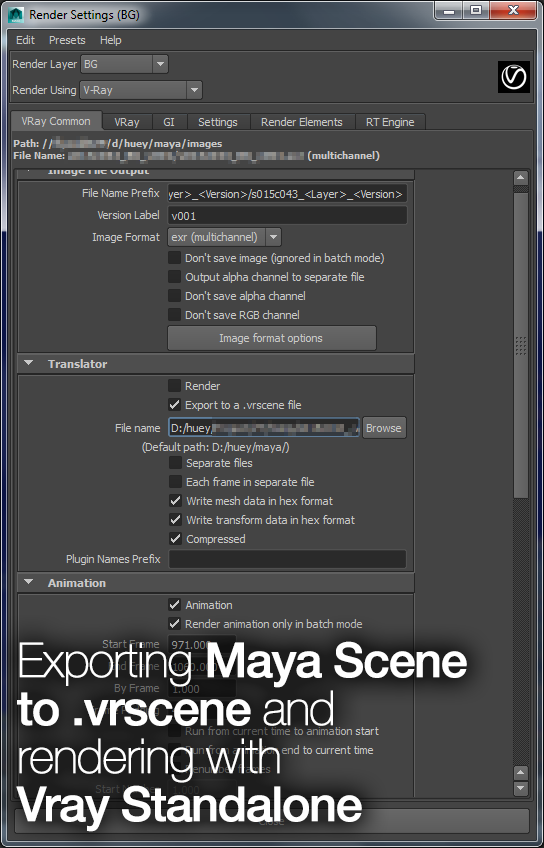

To compensate, it is best to save out as a TIF file which is at least 16 bit colour. Linear images result in a much larger tonal range. In post processing, any adjustments will give predictable results and are much easier to manage. When working with linear images and gamma 2.2, the output is mathematically correct as opposed to just looking correct. Please note HDRI maps, bump maps, displacement maps and normal maps do not need to be changed to gamma 2.2. You need to specify the texture map to be 2.2 gamma on entry otherwise the image will be at gamma 4.4 and over bright because you have already told Autodesk 3ds Max to be at gamma 2.2 for both colour selectors and the material editor in step 2. It means that, as you may have guessed, the texture map JPEG you took with your digital camera is already at gamma 2.2. Unless you have advanced photography skills and you are working with RAW images, this is a helpful process for the average happy snapper. Although they work in gamma 1.0 (linear space), digital cameras apply a total curve which adjusts the gamma to 2.2 to make the image appear more pleasing to the eye.

When adding a texture map to the material editor, in the bitmap loader, manually change the gamma to 2.2. Instead it is a quick and brutal way of correcting Vray materials to match a linear workflow and the result can be less than desired. However, this could lead to problems when compositing render passes because the final composition may not match the RGB beauty pass due to it not being linear.ĭo not tick linear workflow, it may seem like a magical linear workflow button but it is not. The advantage of doing it this way is that it allows the Vray image sampler to see a wider range of noise, resulting in a much cleaner render.Īlternatively you can bake the gamma 2.2 in to the image by not ticking don’t affect colours (adaptation only). Once the render is complete open it in your post processing application and adjust the gamma to 2.2. To see the actual result in gamma 2.2 space, click the sRGB button in the Vray frame buffer during or after rendering. This will render out a darker version of your image. Tick don’t affect colours (adaptation only). It is recommended to work in pure linear space and complete your gamma correcting in post production. In Vray colour mapping, set it to linear multiply and set gamma to 2.2. Instead, for each bitmap you read, use the individual Select Bitmap Image File dialog to set the gamma value appropriate to the program that created the bitmap.” “If you use bitmaps from multiple applications, and these different applications have different ideal Input Gamma values, then turn on gamma correction, but leave Input Gamma set to 1.0. A simple explanation straight from the Autodesk 3ds Max help file explains why. The actual Gamma change to 2.2 will happen elsewhere. Keeping this at 1.0 means that your textures will always come in at 1.0 and go out at 1.0. It will take a while to get used to but it is a necessary step for a linear workflow.Ĭhanging this to anything else but 1.0 will just confuse matters. This will drastically change the way you see your material editor and materials within the scene, this is how it should be at gamma 2.2. Tick both affect colour selectors and affect material editor Autodesk 3ds Max will now have an input gamma of 1.0 and an output gamma of 2.2 for standard viewing. In Autodesk 3ds Max preferences under enable gamma/lut correction, change the gamma to 2.2. Here are the settings you would need to change in order to set it up correctly, along with a small explanation of each step.īy default, both Autodesk 3ds Max and Vray work in gamma 1.0 (linear space). Gamma correction fixes this problem and allows you to reduce the amount of lights in your scene, which in turn reduces rendering times. However, this can lead to incorrect burnt out areas. Up until now, you are used to adding in extra lights and hitting a high multiplier value in order to get light to flood through your scene and eliminate dark areas. I am not going to go into depth about linear workflow and gamma correction as it can become a complex subject but to put it simply, this workflow will increase the fall off of your lights so that light travels further throughout your scene.

It is a must for 3d rendering, especially interior visualisation because it fixes so many problems with render samples, light falloff and cuts post processing tasks in half. Many of you will have heard the terms “linear workflow” and “gamma correction”.


 0 kommentar(er)
0 kommentar(er)
